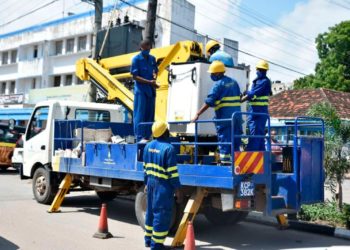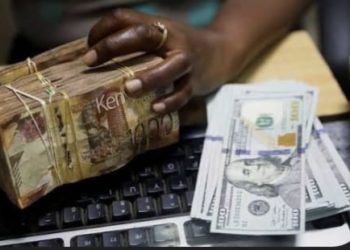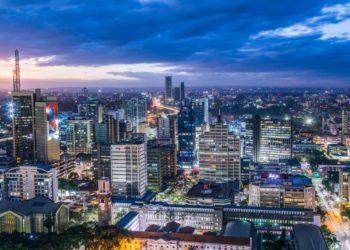Kenya Power has been authorized by EPRA to recover KES 6.5 billion in lost revenue from customers.
According to Kenya Power’s latest annual report, the approval allows the utility company to recoup funds lost during the extension of the 15 percent tariff cut, initially introduced by Ruto’s predecessor for a year.
The recovery of this sum, lost over three months, has the potential to increase power bills for Kenya Power’s more than 9.2 million customers. This development occurs against a backdrop of rising prices due to increased fuel costs, currency depreciation, and the revision of electricity tariffs.
Former President Uhuru Kenyatta had initially offered a one-year 15 percent tariff cut from January to December of the previous year, with Kenya Power receiving compensation from the government. However, the Ruto administration extended the tariff cut by an additional three months until April 1 of the current year, without outlining a compensation mechanism for Kenya Power—a loophole now impacting consumers.
Kenya Power states in its annual report, “Unlike the previous 12-month period of reduction for which interventions to cover the deficit had been provided, there was no intervention for the extended period. This amount has now been confirmed by Epra and is scheduled to be recovered through pass-through mechanisms.”
This decision by President Ruto to give a temporary tariff cut extension for three months after taking
office is proving to be a costly one, as Kenya Power, which had already raised its tariffs in April, begins deducting the shortfall from consumers. Domestic consumers are currently paying approximately KES 33.10 per unit of electricity, up from KES 26.29 in December—an increase of 26 percent.
However, Kenya Power does not provide a detailed breakdown of the costs. The audited report, signed by the board on October 26, does not specify whether the utility firm has commenced deducting the amount from customers or the duration of this process.
In March, the Nairobi Securities Exchange-listed firm began omitting a breakdown of charges on electricity bills, complicating customers’ assessment of pass-through costs. Despite parliamentary summons and Epra’s promise to encourage Kenya Power to reinstate a detailed breakdown, the utility company continues the practice.
Transaction messages for power purchases through its prepaid system no longer reveal the specifics of expenses, leaving consumers unaware of the components contributing to their bills, such as VAT, fuel cost charge, forex charge, rural electrification, EPRA, Water Resources Management Authority charges, and inflation adjustment. Presently, Kenya Power only displays the tokens code, date of purchase, units received, money used on the tokens, and a summarized category of “other costs.”


















